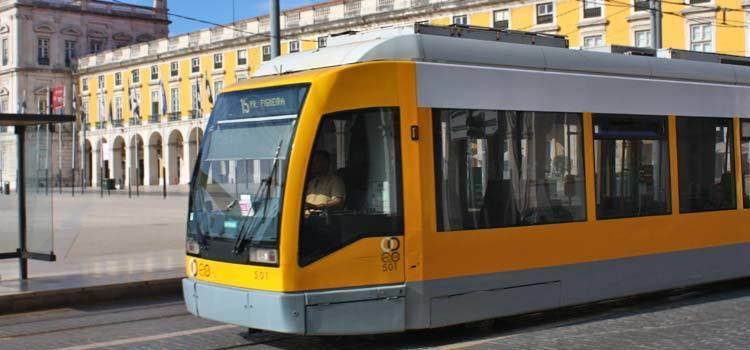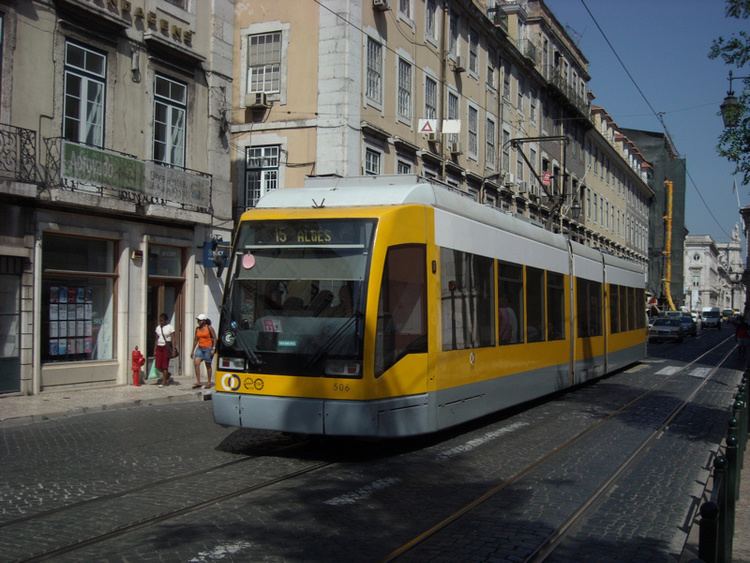Routes 27 (maximum); 5 (present) Track gauge 900 mm (2 ft 11 7⁄16 in) | Status Open | |
 | ||
Depot(s) Santo Amaro; Airas (to 1981); Arco de Cego (1902-1996) Route length 76 km (47 mi) (maximum)); 26 km (16 mi) (present) | ||
Beautiful old trams in lisbon portugal
The Lisbon tramway network (Portuguese: Rede de eléctricos de Lisboa) serves the municipality of Lisbon, capital city of Portugal. In operation since 1873, it presently comprises five urban lines.
Contents
- Beautiful old trams in lisbon portugal
- Modern trams in lisbon portugal
- History
- Current network
- Depots
- Rolling stock
- References
Modern trams in lisbon portugal
History

The first tramway in Lisbon entered service on 17 November 1873, as a horsecar line. On 30 August 1901, Lisbon's first electric tramway commenced operations. Within a year, all of the city's tramways had been converted to electric traction.
Up until 1959, the network of lines was further developed, and in that year it reached its greatest extent. At that time, there was a total of 27 tram lines in Lisbon, of which six operated as circle lines. As the circle lines operated in both clockwise and anticlockwise directions, each with its own route number, it is more correct to speak of a total of 24 tram routes, all of them running on 900 mm (2 ft 11 7⁄16 in) narrow gauge tram lines.

The construction of the Lisbon Metro and the expansion of the bus system began the slow decline of the network.
Current network
The current lines are:


The five remaining lines only operate in the southern centre and west of the city. Despite the relevant tourist attraction, those lines are still very important because of sections of the city's topography that can only be crossed by small trams. Tram 15 also connects the entire western river front of the city to the centre and allows a better flow of passengers with the bus system towards an area that still is not served by the metro.
Although reports prepared by both the École Polytechnique Fédérale de Lausanne and the Verkehrsbetriebe Zürich concluded that the network should be retained and even extended, the process of decline continued until 1997, with the closing of the Alto de São João branch and the Arco Cego depot. By that time, many trams were destroyed or sold to other companies. Since then,there was only 1 change to the system, with the shortening of Line 18 to Cais do Sodré.
In an apparent reversal of policy, the mayor (president of the city council) of Lisbon, Fernando Medina, announced in December 2016 that tram 24 would be restored to service in 2017 between Cais do Sodré and Campolide, saying that it was a mistake to reduce the city's network of electric trams and that work would be undertaken to reconstruct it.
Depots
-->
Rolling stock
The vehicles used are:
